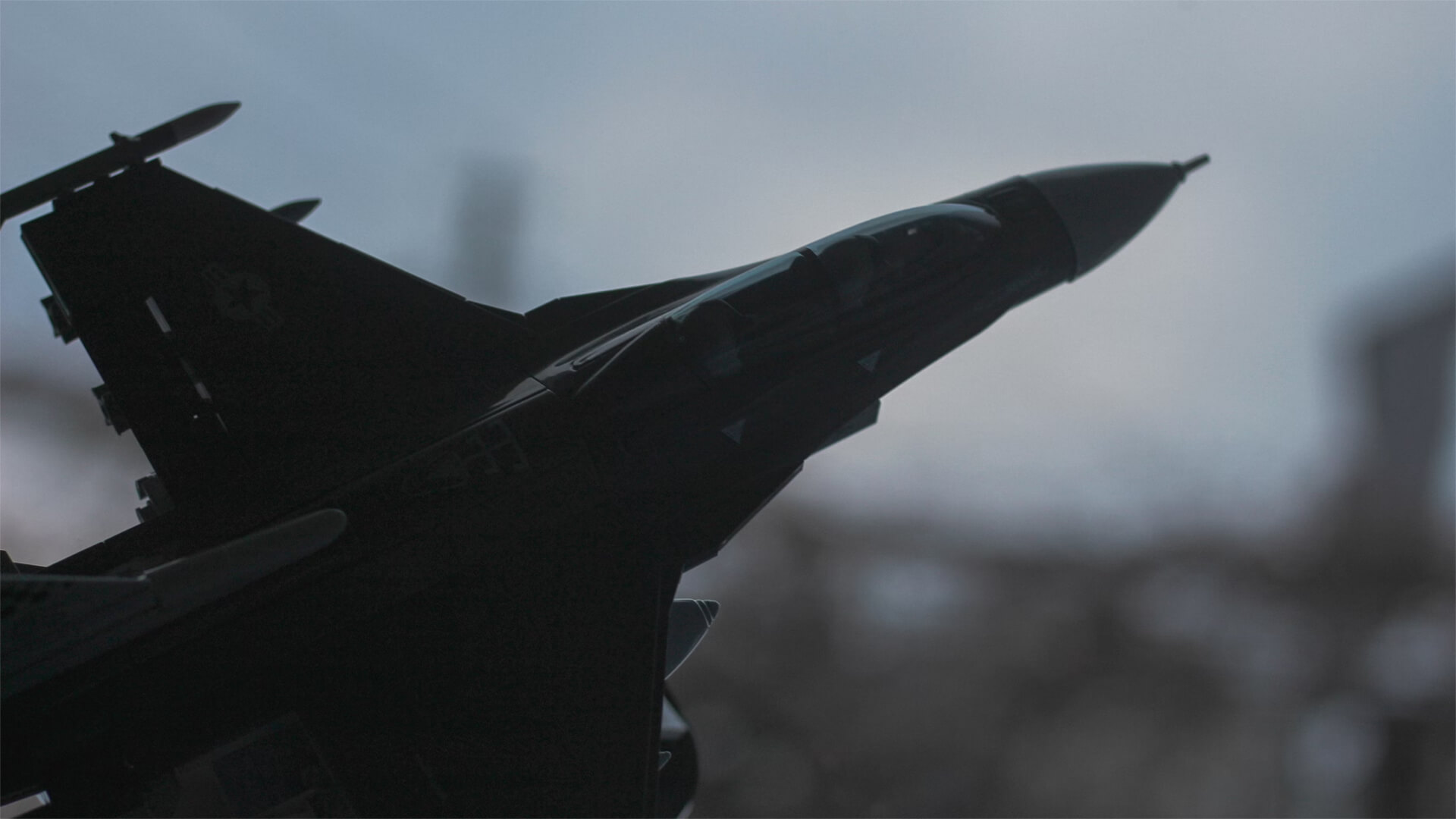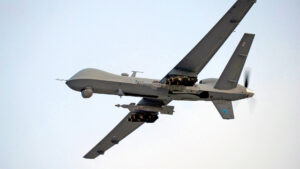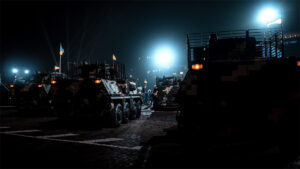A forest fire near my home cut my backpacking trip short, but it did allow me to record some new videos. So, today we’ll be looking at some recent developments in Ukraine.
Ukraine is figuring out how to maximize the effectiveness of its weapons (both NATO-supplied and domestic), allowing them to strike deep within Russian territory. Some notable “hits” include destroying a strategic bomber and refinery, sinking a sub, and taking out numerous air defense systems.
These attacks will continue to weaken the Russians’ ability to defend against air assaults, making the arrival of F-16s from European allies all that more interesting. The goal is to achieve air superiority in key areas, even if it’s only temporary, and allow for more effective combined warfare.
This shift in tactics could lead to significant breakthroughs on the front lines, as Russia will be forced to pull back from their current positions. Whether the Ukrainians will be able to capitalize is a question that will have to wait…
Here at Zeihan On Geopolitics we select a single charity to sponsor. We have two criteria:
First, we look across the world and use our skill sets to identify where the needs are most acute. Second, we look for an institution with preexisting networks for both materials gathering and aid distribution. That way we know every cent of our donation is not simply going directly to where help is needed most, but our donations serve as a force multiplier for a system already in existence. Then we give what we can.
Today, our chosen charity is a group called Medshare, which provides emergency medical services to communities in need, with a very heavy emphasis on locations facing acute crises. Medshare operates right in the thick of it. Until future notice, every cent we earn from every book we sell in every format through every retailer is going to Medshare’s Ukraine fund.
And then there’s you.
Our newsletters and videologues are not only free, they will always be free. We also will never share your contact information with anyone. All we ask is that if you find one of our releases in any way useful, that you make a donation to Medshare. Over one third of Ukraine’s pre-war population has either been forced from their homes, kidnapped and shipped to Russia, or is trying to survive in occupied lands. This is our way to help who we can. Please, join us.
Transcript
Hey everybody. Peter Zeihan here, coming to you from Colorado. I was out backpacking, but there was a forest fire near my house, so I had to run back in. Anyway, it looks like it’s under control. We have some thunderstorms moving in, so I guess that’s a silver lining. Anyway, it gives you an opportunity to hear me talk about a couple of things that have happened in the few days since I’ve been back.
The first thing I’m going to talk about today is what’s going on in Ukraine. As you know, the Ukrainians have become more and more creative at using imported weapons from the NATO alliance, as well as some of their own homegrown stuff, to strike Russian targets further and further away. In the week around the 1st of August, just before and just after, a series of attacks took out a strategic bomber in Russia. Specifically, they hit a refinery deep within Russia, over a thousand miles from the coast, which started a really big fire. They also sank a Kilo-class submarine. You know, that’s a $300 million price tag that the Russians just lost. But the most interesting thing I’ve seen is that a series of attacks took out at least five S-400 air defense systems.
Now, the S-400 is supposedly the most sophisticated anti-aircraft system in the world, capable of shooting down missiles and all that good stuff. However, its reputation has definitely been tarnished in this war. And these aren’t the first ones that the Ukrainians have taken out. They’ve taken out at least another six, to my knowledge. The Russians only started the war with 50 to 56 of these systems, so we’re looking at somewhere along the lines of 20% of them being taken out, with probably a few more damaged as well. Using around 50 of these systems to provide full air defense coverage for the entire Russian mainland is already a stretch, and now they’ve lost 20%. This has escalated from being a tactical theater issue to a full strategic threat, as they’re losing the ability to maintain a periphery for air and missile defense across the entire space.
The Ukrainian goal here is very, very clear. If they can take out enough of these systems, especially in Crimea and to a lesser degree in the Donetsk region, then when the F-16s arrive—which are coming in from Denmark, the Netherlands, and a number of other European countries—the Ukrainians will be able to use their air power without the immediate fear of everything getting shot down.
One of the big problems they had last year when they attempted their counteroffensives was trying to do combined warfare using artillery, rocket systems, drones, men, tanks, and aircraft, which they didn’t have. Attempting a combined warfare project without the air component was a bit of a problem. The Russians were able to call in airstrikes and artillery support and cut up the Ukrainians as they were trying to advance. If enough anti-aircraft systems can be taken out of the equation on the Russian side, then even if the Ukrainians cannot achieve general air superiority, they can certainly achieve temporary air superiority over specific zones where it’s important.
This creates a very different sort of conflict where NATO trainers will prove immensely useful because that’s how NATO operates. Anyway, the first F-16s have been repainted with Ukrainian livery. They are in Ukraine now, and probably over the course of the next few weeks while I’m gone again, we’re going to see the first efforts by the Ukrainians to actually leverage their new air power in league with their ground power. We might see a crack in the line, specifically in the direction of Crimea.
In just the last week, the destruction of the S-400 systems has induced the Russians to evacuate a couple of their airbases, pulling all of the aircraft out because they can’t defend them. Obviously, in the short term, that’s great for Ukraine because it means these aircraft are now going to be flying from Russia proper, much further away. Moving forward, if the Russians lose the ability to do quick turnaround launches when the Ukrainians are operating, then the Ukrainians have that much more leeway in everything else.
Okay, that’s it. Take care.








